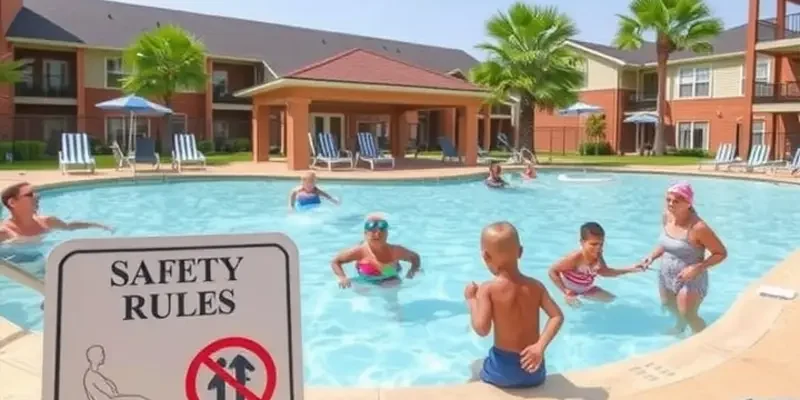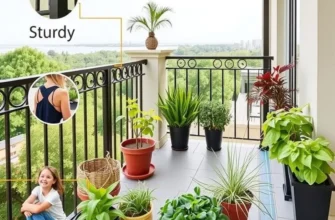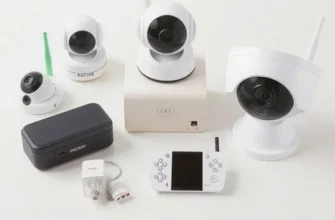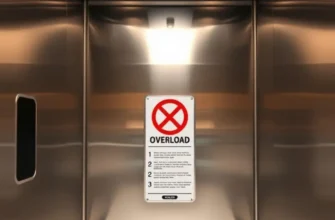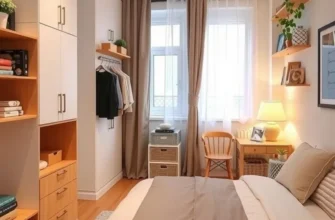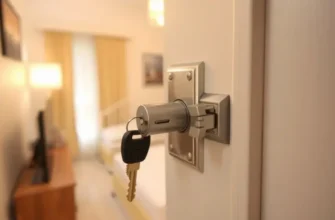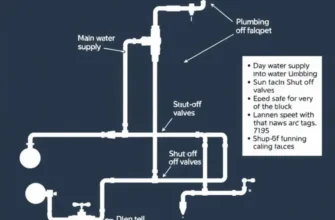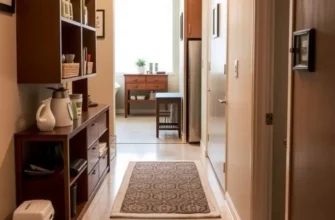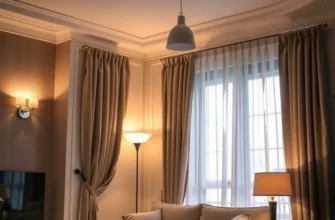Apartment living offers many amenities, and a swimming pool is often at the top of the list. It’s a great way to unwind, socialize, and stay fit. However, fun around the pool can quickly turn into a safety concern if precautions are not taken. For renters across the U.S., understanding the best practices for poolside safety is essential. This article will guide you through effective safety measures, addressing the most pressing concerns for renters, including security, maintenance, and peace of mind. Whether you are a seasoned swimmer or new to the pool scene, prioritizing safety in and around the pool will enhance your enjoyment while ensuring a secure environment for yourself and your guests. We will explore actionable strategies to safeguard your experience, ensuring that your apartment community remains a wonderful space for leisure and social activities. Let’s dive into the essential tips and best practices for maintaining a safe swimming pool environment in your apartment complex.
Establishing Pool Safety Rules
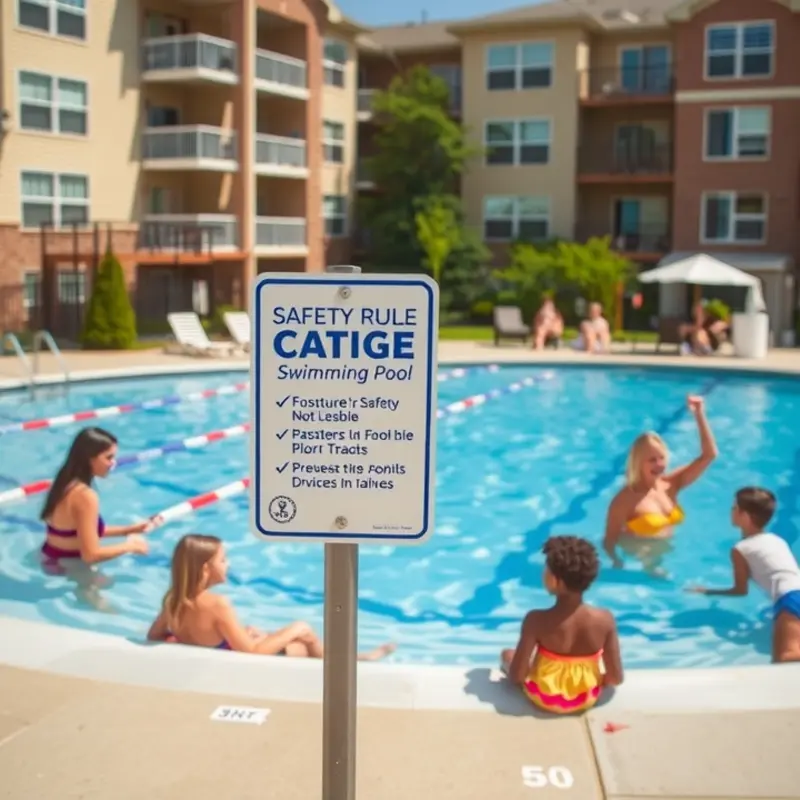
Understanding and adhering to established pool rules is paramount for safety in apartment complexes. Having clear, well-enforced rules can prevent accidents and ensure a pleasurable experience for all residents. Each complex might have slight variations in their guidelines, but many fundamental rules are ubiquitous.
One of the most critical safety measures is age restrictions. Typically, children under a certain age—often 14—must be accompanied by an adult. This minimizes the risk of accidents due to unsupervised swimming. Additionally, enforcing swimming proficiency tests for minors can be a helpful preventative measure.
Guest policies are also essential to maintaining a safe and controlled environment. Residents should be aware of the limit to the number of guests they can invite to the pool area. This prevents overcrowding, which can lead to increased risks of incidents or injuries. Guests should be briefed on pool rules by their host to ensure everyone understands their responsibilities and safety measures.
Another vital element of pool safety is the use of barriers and alarms. Gates with self-closing and self-latching mechanisms can be particularly effective. This helps prevent unauthorized access, especially by children. Installing pool alarms and ensuring the pool area is well-lit can further augment safety. These systems should be regularly maintained to ensure they function correctly.
To reinforce these rules, clear signage should be visible at all entrance points and key locations around the pool. Signs might include reminders like “No Running,” “No Diving,” or “Swim at Your Own Risk.” These reminders help reinforce key safety tenets. Regularly updating and maintaining these signs ensures they remain visible and relevant.
Communication plays a pivotal role in ensuring resident compliance with safety rules. Regular newsletters or community meetings can be used to remind residents of the pool rules and any updates. Utilizing digital communication channels, such as community apps or emails, provides an additional layer of accessibility to these critical updates.
Moreover, integrating pool safety discussions into broader community safety initiatives can amplify their importance. A well-rounded approach to safety, including considerations for balcony security, such as covered in topics like apartment balcony safety netting, shows a commitment to resident welfare that extends beyond the pool.
Empowering residents to take responsibility for pool safety ensures a collective effort in maintaining a secure environment. By fostering a culture of safety awareness, apartment complexes can provide a splendid experience while minimizing risks. Comprehensive planning and consistent reinforcement of rules will create a safer pool environment for everyone to enjoy.
Diving into Maintenance and Supervision
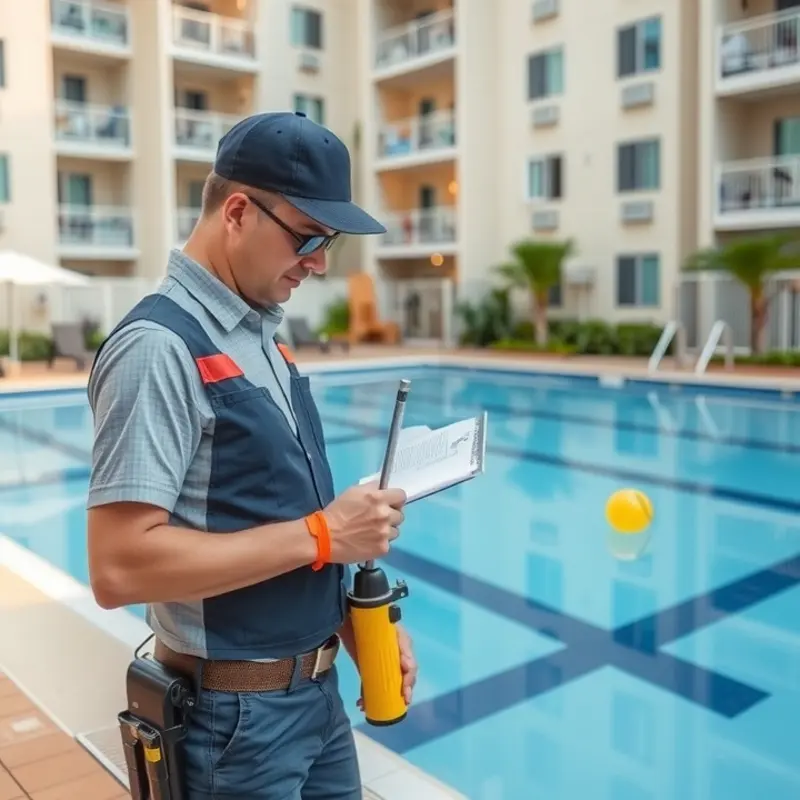
Regular maintenance and vigilant supervision are indispensable in keeping an apartment pool both safe and enjoyable. Maintaining a clean and well-functioning pool area not only enhances the swimming experience but also prevents potential accidents and health hazards.
Cleanliness is Key
A clean pool area reduces the risk of slips, falls, and infections. Remove debris from the pool using skimmers daily. Encourage residents to rinse before entering the pool to reduce contamination. Regularly clean filters to ensure they are effective in removing impurities and maintaining water clarity.
Keeping pool decks free from clutter and ensuring equipment is stored securely prevents trip hazards. Make it a community responsibility for residents to report spills or clutter to management immediately, fostering a proactive atmosphere.
Water Quality Matters
Maintaining optimal water quality is essential for safety. Test the water regularly for pH levels and chlorine content. Ensure levels are within safe ranges: pH between 7.2 and 7.8 and chlorine between 1.0 and 3.0 parts per million. Proper chemical balance prevents harmful bacteria growth and avoids skin or eye irritations.
Install signs to remind residents of basic pool hygiene, like avoiding entry when sick or showering before swimming. Residents should notify management if they notice cloudy water or other unusual conditions, as these could indicate chemical imbalances.
Supervision Strategies
Supervision is a key component of pool safety. Establish a clear set of rules regarding pool use. Limit access during unsupervised hours and make a lifeguard or a pool monitor available when possible. If professional supervision isn’t feasible, encourage residents to adhere to a buddy system, ensuring no one swims alone.
Management should ensure that safety equipment, such as life rings and extending poles, is easily accessible and regularly inspected. Conduct regular review sessions with residents, emphasizing the importance of staying within designated swim areas and understanding the warning signals related to deep water or unforeseen dangers.
Roles and Responsibilities
Both tenants and apartment management play important roles. Management is tasked with routine inspection and maintenance. At the same time, residents are responsible for reporting issues and adhering to safety guidelines.
Hosting communal meetings can foster communication between management and tenants, allowing for the sharing of concerns and suggestions. This collaborative approach ensures everyone is committed to maintaining a safe swimming environment.
For more tips on maintaining a safe environment at home, consider exploring safe apartment laundry habits to complement your comprehensive safety practices.
Maintaining a safe and pleasurable swimming environment is a shared responsibility. By focusing on these aspects, apartment complexes can ensure their pool is a cherished feature for relaxation and community building.
Final words
In summary, maintaining a safe swimming environment in your apartment complex is a shared responsibility among renters and management. By adhering to established safety rules, ensuring regular maintenance, and promoting supervision, you can enjoy the pool while feeling secure. Remember, safety isn’t just about guidelines; it’s a community effort that enhances the overall experience for everyone. The right safety measures will ensure that your apartment pool remains a fun and inviting space for leisure and relaxation. Dive into safety today and make the most out of your apartment’s fantastic amenities!

